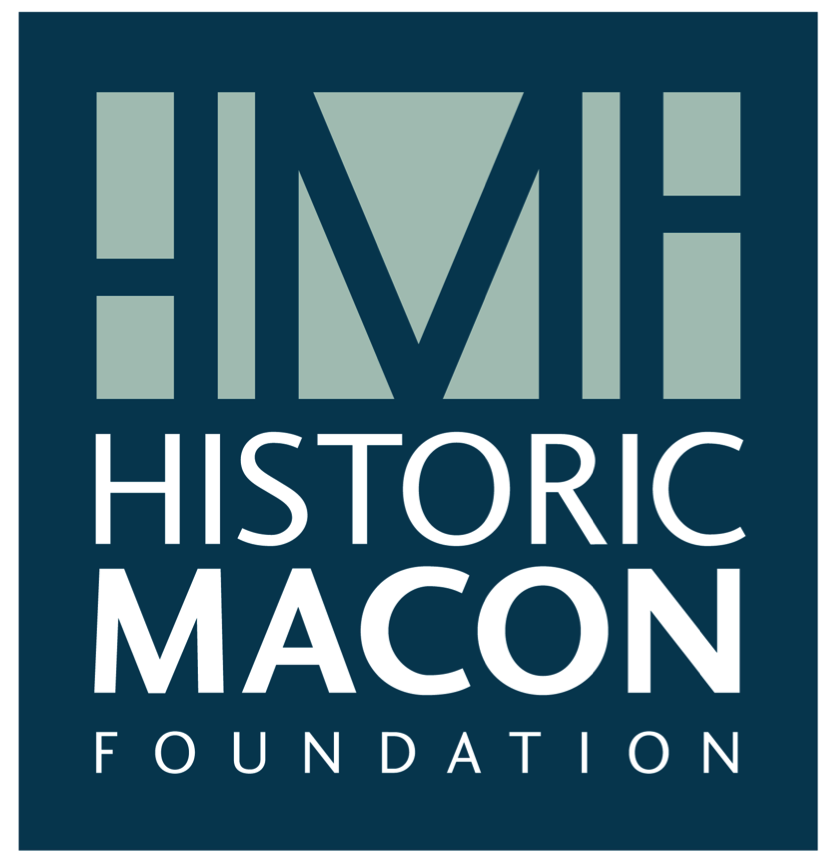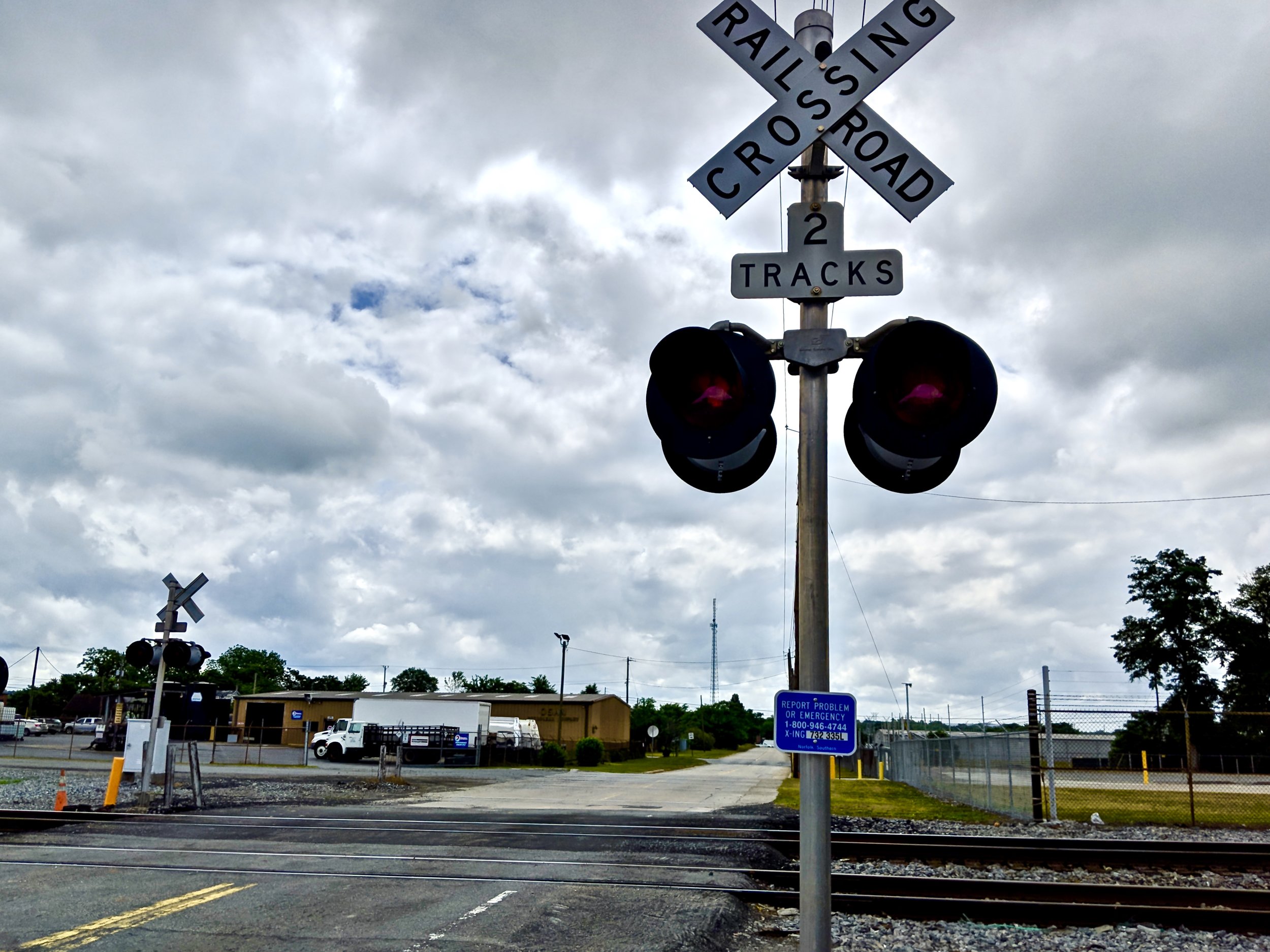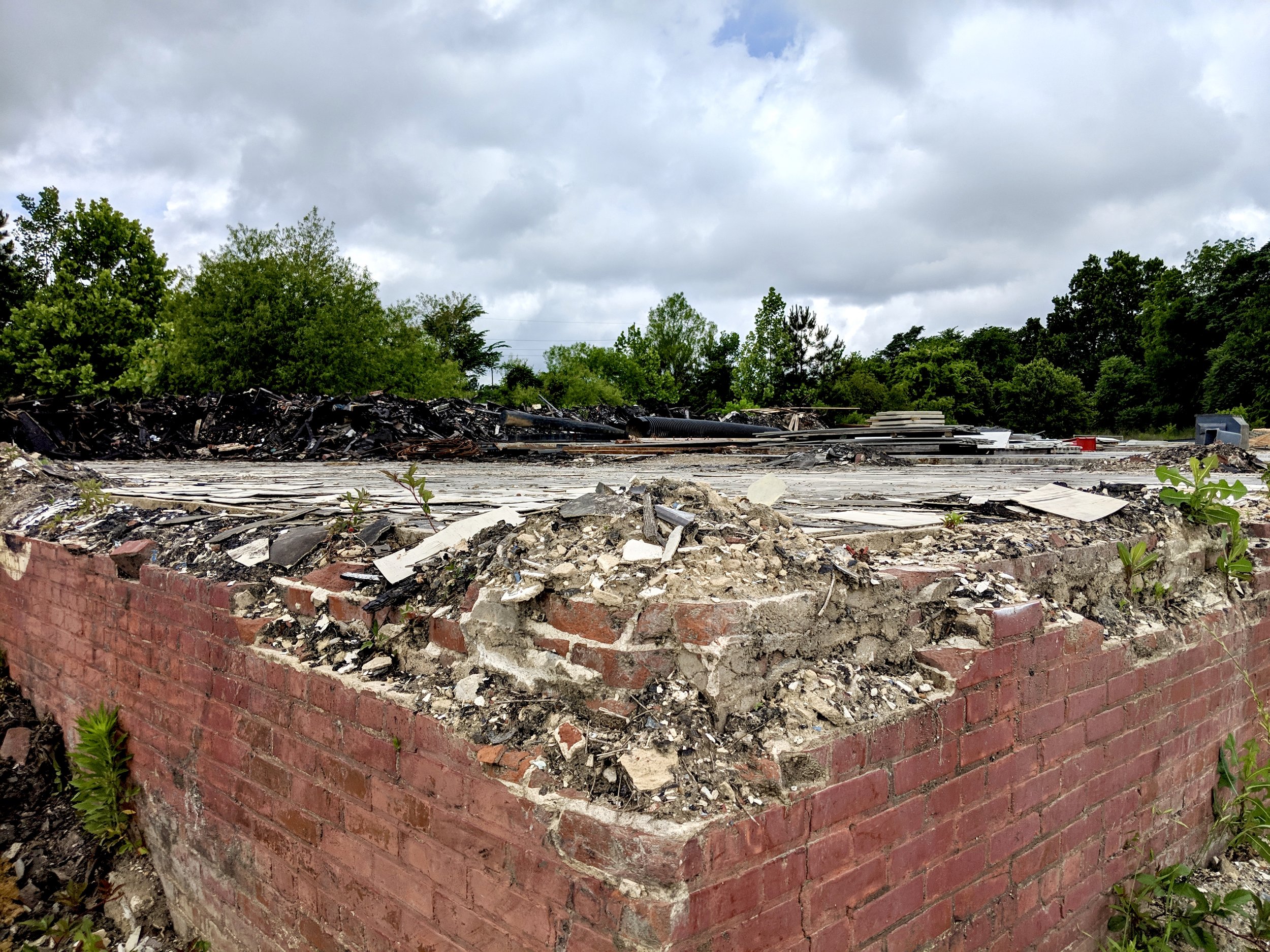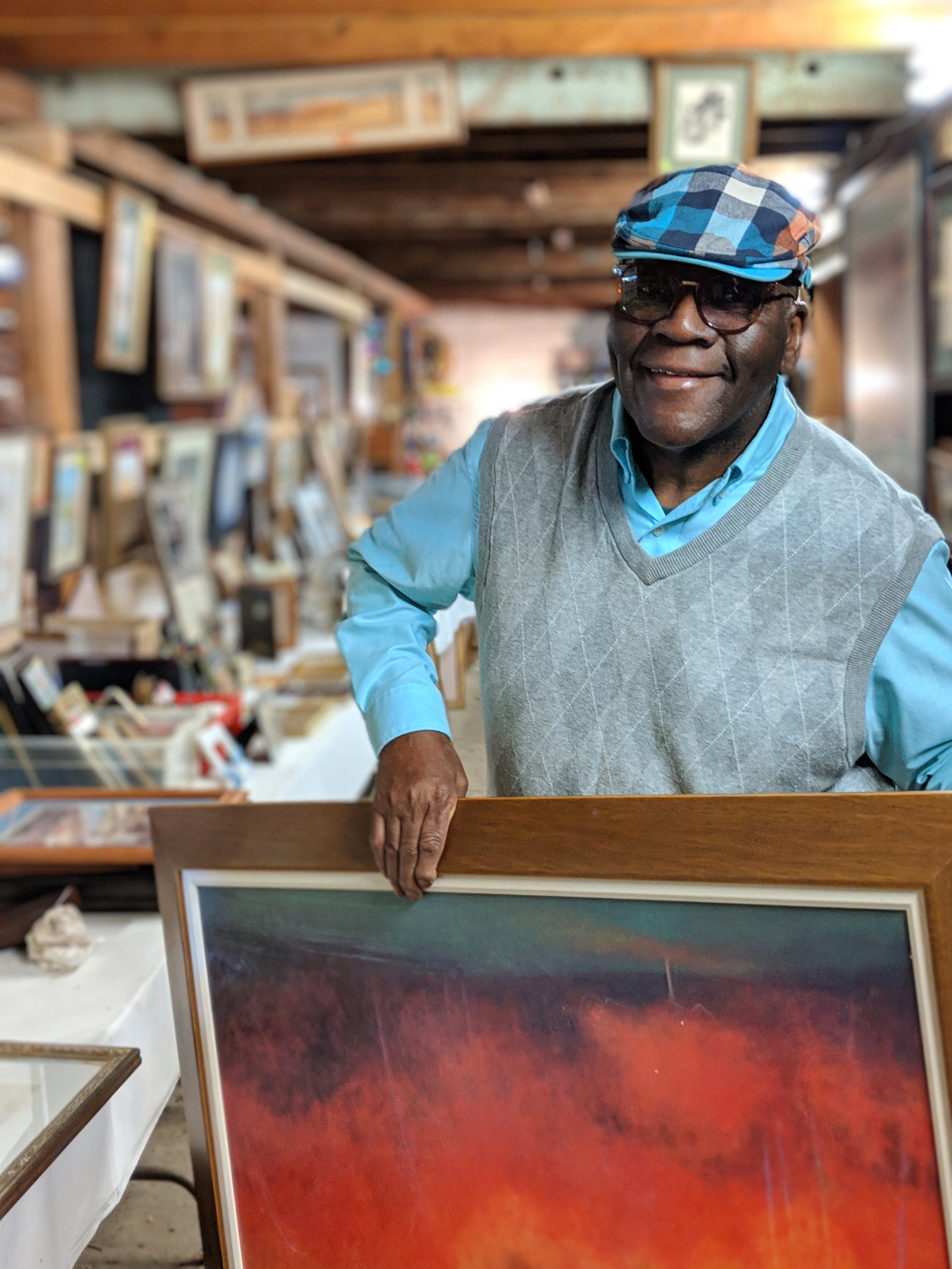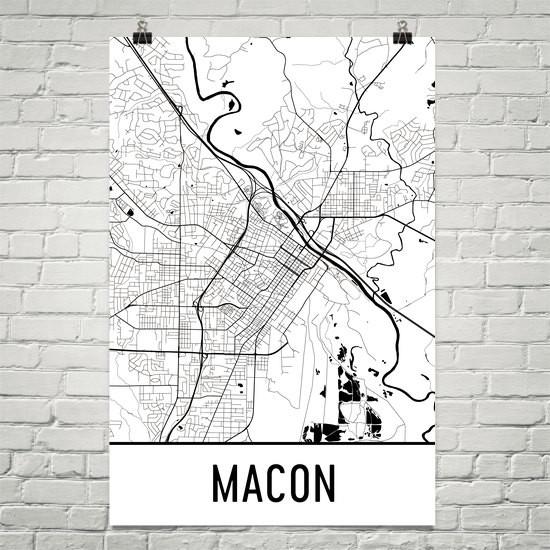Socially distant, but historically connected
Mother Nature may be the only entity unaware of the public health concerns we hear more about each day.
The sun continues to shine, and cherry blossom trees gave us their annual splendor, almost adding insult to the injury of having to call off our town’s prized Cherry Blossom Festival. But, as community organizations have kept us in the spirit with virtual programming, we are all discovering ways to stay connected with and supportive of our community.
Trent Mosely, Rachelle Wilson pause during a bike tour earlier this month.
One way to stay connected is by taking a tour of one of Macon’s historic districts and learning more about our historically rich community. Historic Macon’s website has amazing resources and guides, enabling you to take most of these tours virtually from the comfort and safety of home, on foot or by bike — or even by car.
Many of us have taken to neighborhood walks or bike rides these days, alone or with immediate family members and at a safe distance from others, to maintain healthy practices and get a glimpse of this gorgeous spring. Local advocacy organization Bike Walk Macon has compiled a list of local and national guidelines for walking or biking outdoors while complying to recommended safety practices for yourself and others. (As things change daily, please consult the most recent public advisory before leaving your house. )
Below we have compiled a list of resources for historic tours throughout Macon to experience whichever way you feel most comfortable. And here’s a video of our recent tour. Enjoy!
Music History Tour
virtual • bike • foot • car
In and around downtown, this tour is full of interesting facts and plenty of fun. Many of the sites are marked with plaques that denote a spot of significance. Click here for a map and to access the tour brochure and here for a playlist with some of the featured artists.
Cotton Avenue District
virtual • bike • foot • car
During the 20th century, Jim Crow laws forced African-Americans to establish separate business districts in Macon. The Cotton Avenue District became one of these areas, and it grew into a major center of black business. Click here to access the tour brochure for this historically significant area folded into present-day downtown Macon.
Industrial District
virtual • bike • foot • car
Now’s a great time to explore a neighborhood or historic district on bicycle.
On the outskirts of downtown Macon in what was once known as the Tybee neighborhood, you can find the Industrial District. Click here for the tour brochure and insight into this surprisingly vast historical area.
Lights On Macon
virtual • bike • foot
A truly beautiful experience, Lights On Macon compiles a brief history of more than 150 historic houses in Macon. This is an experience that can be divided into neighborhoods and enjoyed over time or all at once.
Historic neighborhoods
bike • foot • car
From Ingleside to Cherokee Heights to Pleasant Hill and North Highlands, Macon has many historic neighborhoods with unique houses. To break up the monotony of days at home, consider driving through one of these historic districts and learning a bit about a neighborhood you may have never experienced before.
As you go on your historical journey, whether virtually or in person, be sure to share your experience by using #maconispreservation and tagging @historicmacon.
